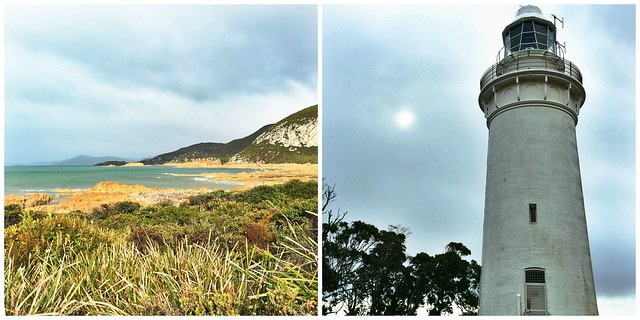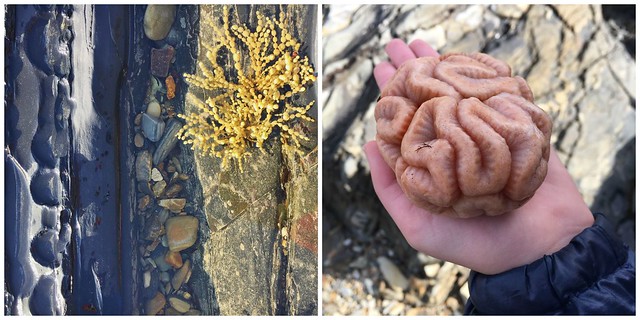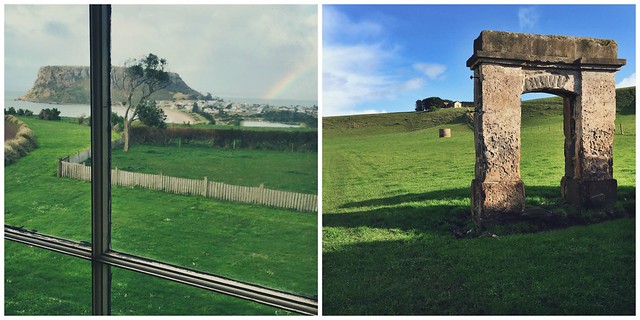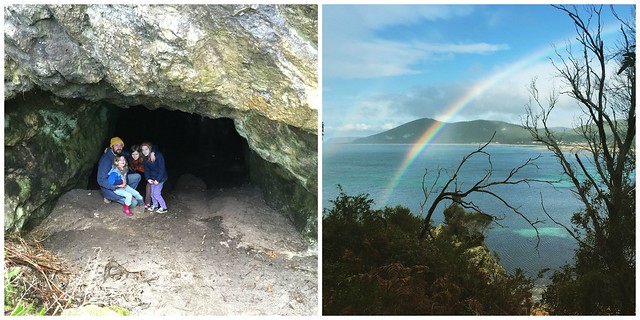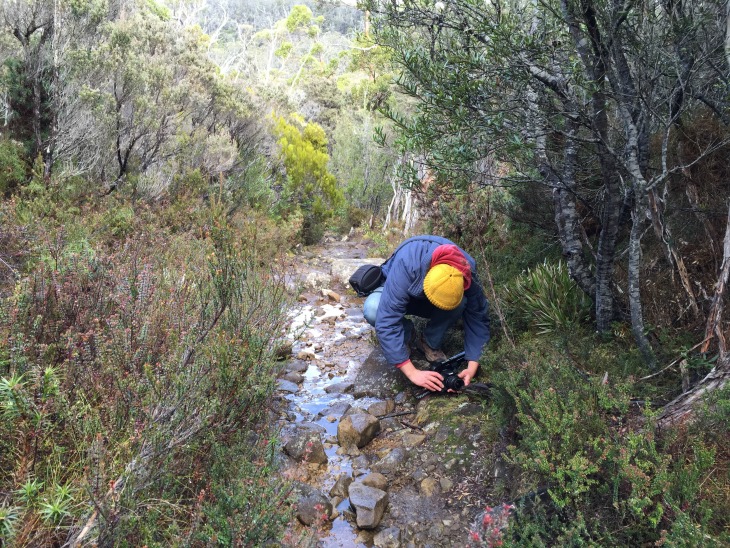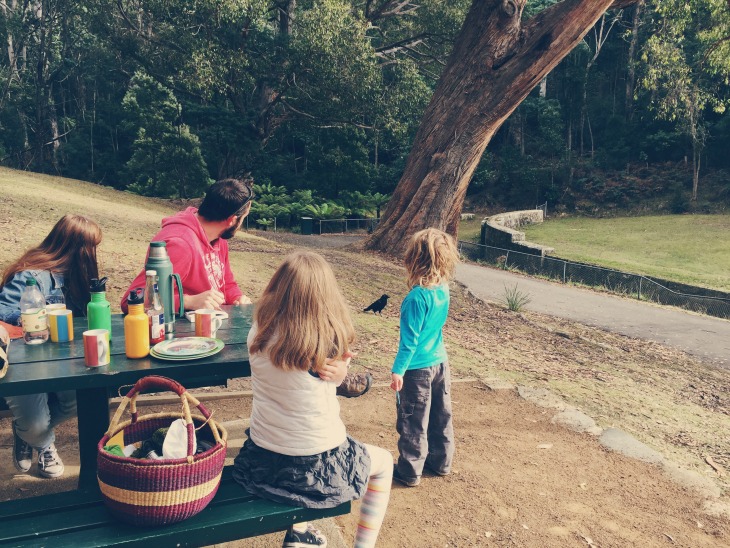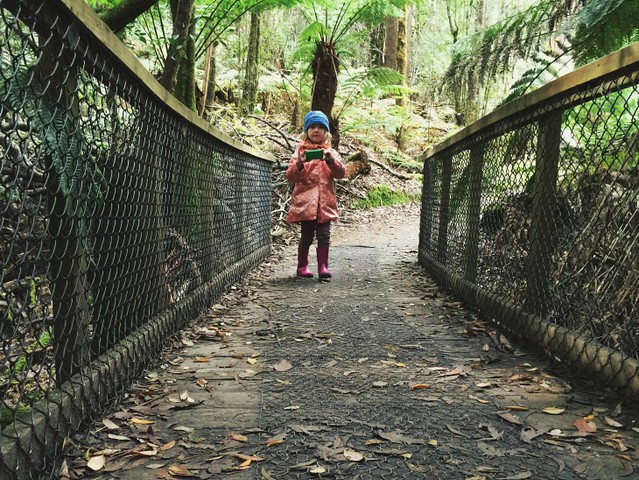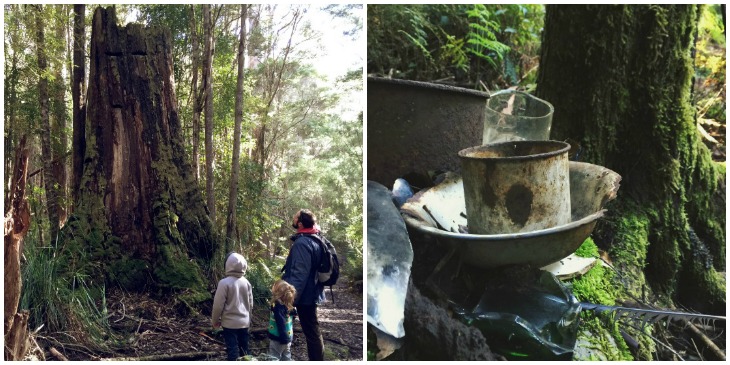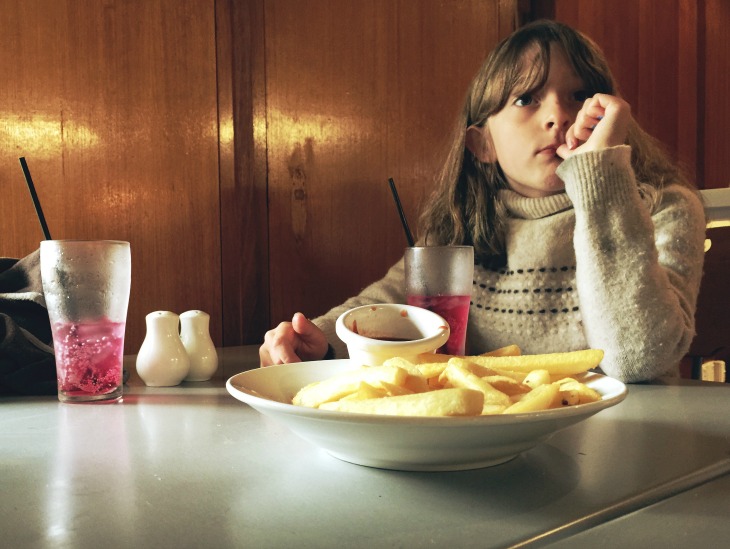This post appears in response to this week's theme for our #52climatesolutions series on Instagram. You can pop over there for more information on how holidaying at home can be a useful skill to learn for the future.
 It may seem a little strange to be sharing this list while none of us really have much choice but to be at home. Those of us who are fortunate to have a home, that is. We’re in the midst of a stressful situation that’s shifting our priorities, bringing forward anxieties and rewiring our brains and how we see ourselves moving forward. Business is anything but usual. Giving ourselves a little space to just be where we are and appreciate our surroundings (like we do on holidays), may be just the ticket. Particularly if you’re self isolating with kids (never was there a clearer oxymoron). Shifting to learning at home full-time isn’t easy, so focusing on spending time together and strengthening relationships can be very important. Perhaps the school holidays came just at the right time.
It may seem a little strange to be sharing this list while none of us really have much choice but to be at home. Those of us who are fortunate to have a home, that is. We’re in the midst of a stressful situation that’s shifting our priorities, bringing forward anxieties and rewiring our brains and how we see ourselves moving forward. Business is anything but usual. Giving ourselves a little space to just be where we are and appreciate our surroundings (like we do on holidays), may be just the ticket. Particularly if you’re self isolating with kids (never was there a clearer oxymoron). Shifting to learning at home full-time isn’t easy, so focusing on spending time together and strengthening relationships can be very important. Perhaps the school holidays came just at the right time.
When this period of time is behind us, will we go back to our old ways? Will we ignore the impacts travel has on the environment and holiday like there’s no tomorrow? Perhaps we’ll take some lessons from our period of time at home and holiday at home intentionally again. Whatever you choose in the future, here are some suggestions for now. We hope they help:
- Camp out - in the backyard or your lounge room. Pitch a tent and sleep under the stars, or under twinkle lights by your tv. We can’t guarantee you a good night’s sleep but your kids (and pets) will love you all the more for it.
- Cook with fire - if you have a wood heater or space for a little outdoor campfire, toast some marshmallows, bake some damper, enjoy the warmth and gaze into the coals.
- Stargaze - If you have a backyard or a balcony, a little stargazing can be a wonderful way to connect with nature, and observe what’s happening around you. If you’re in the city and can’t see the stars to clearly, perhaps try an app like Sky Safari, or a sky map to help you work out where the constellations are.
- Nature walk in your street - what seasonal changes are you noticing? What sounds and scents? Try taking some photos and draw from them when you get home. For extra fun, go after dark, with torches and spot nocturnal wildlife.
- Start a holiday diary - perhaps a nature journal, or just daily observations of the world around you.
- Move your furniture around - Swap bedrooms, look at your home and how you use it, in different ways. A change is as good as a holiday!
- Give your bedroom a deep clean - Change the sheets (there’s nothing better!) and put a chocolate on the pillow if you like!
- Bring the outdoors in - Plant some pots up with herbs, indoor plants or flowers that make you happy, provide food or freshen the air a little.
- Send postcards or letters to the friends you’re missing - Tell them what you’ve been up to. There’s something special about receiving a note in the mail.
- Send a gift - whether it's a bunch of flowers or a favourite book you’ve been reading, find a small and local business to support and have them send a gift on your behalf, if you’re not able to attend the post office in person.
- Learn a new skill - Learn to bake bread, knit, grow food, play an instrument. Emerge from your holiday at home with a skill you can share with your friends and family when you see them next.
- Find out about a different culture - learn the history, language and perhaps try the foods of the place you’d like to learn about.
- Visit museums, galleries and zoos, virtually - webcams and virtual tours are happening now in facilities all over the world. Go exploring and learn all the things!
- Write to a pen pal - reach out to people in other parts of the world and look for a pen pal (perhaps through friends of friends or someone you know online?). Send them a lovely message telling them about what it’s like where you are, and ask them to describe their day-to-day. There’s solidarity and connection to be found in the written word!
- Learn the history of where you live - Find out about First Nations people, the geological formations, famous landmarks, favourite buildings.
- Read all the books! There’s never been a better time to catch up on the books you’ve been meaning to read. If you don’t have an unread stack and prefer not to buy books, you might try borrowing ebooks and audio books through your local library. Some subscription services are offering freebies now too.
- Splurge on a take-away meal - give yourself the night off and support a local hospitality business who makes great food. Many are struggling right now and have opened up take away and delivery meal options. Look for restaurants who cook using local ingredients and ask about compostable packaging!
- Eat local food - be a locavore and experience what your local diet really tastes like, whether it’s bought, foraged or both.
- Go dancing - well, maybe just in your lounge room, but have a dance party and truly let your hair down.
- Initiate new routines - perhaps you’ve been meaning to maintain a sourdough starter and bake regularly, do a little yoga or walk each day, or you’ve been meaning to reduce your family’s waste output? Now’s a good time to start incorporating new things into your daily rhythm so they’ll be second nature when life’s feeling more normal.
- Get some sunshine - If you have a little sunny space to sit or stretch out, take time to rest in it and enjoy the sun's warmth and a bit of Vitamin D.
- Catch up on watching old movies - or nature documentaries you haven’t had time for. You’ll have a family of film buffs and nature lovers in no time.
- Play games - board games, card games, do the crossword.
- Take a nap - The sign of any restful holiday. Nanas of the world will agree!
- Slow down - Remember how to slow down and take each day at a time. Be gentle with yourself. These are unusual and uncertain times we're living through. Know that while you stay home, you're currently supporting front line workers and the broader community, and significantly reducing the impact your family has on our changing climate.
And when the hardest of this is behind us… holidays at home might include visiting local museums, galleries, ecosystems, restaurants, and hotels. You might try camping not too far from home or bushwalking somewhere you’ve never been before. Support your local businesses, keep carbon emissions low, and your local community resilient.

























